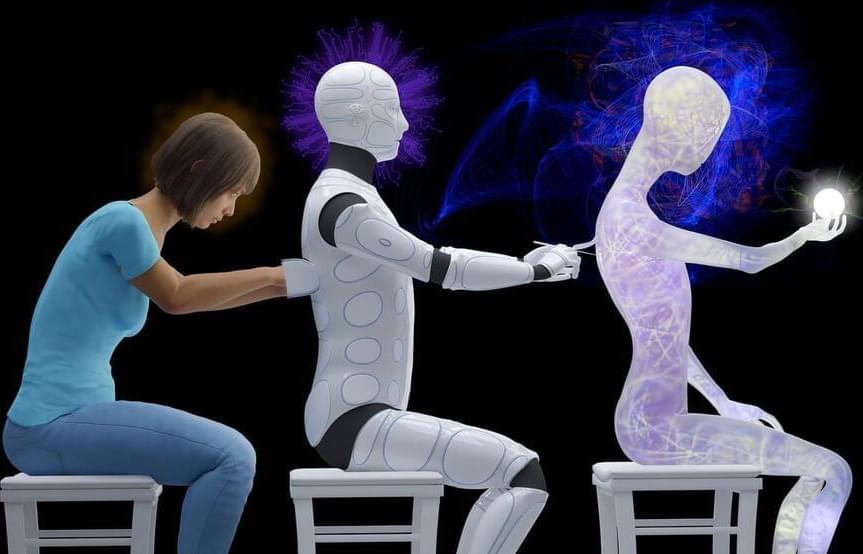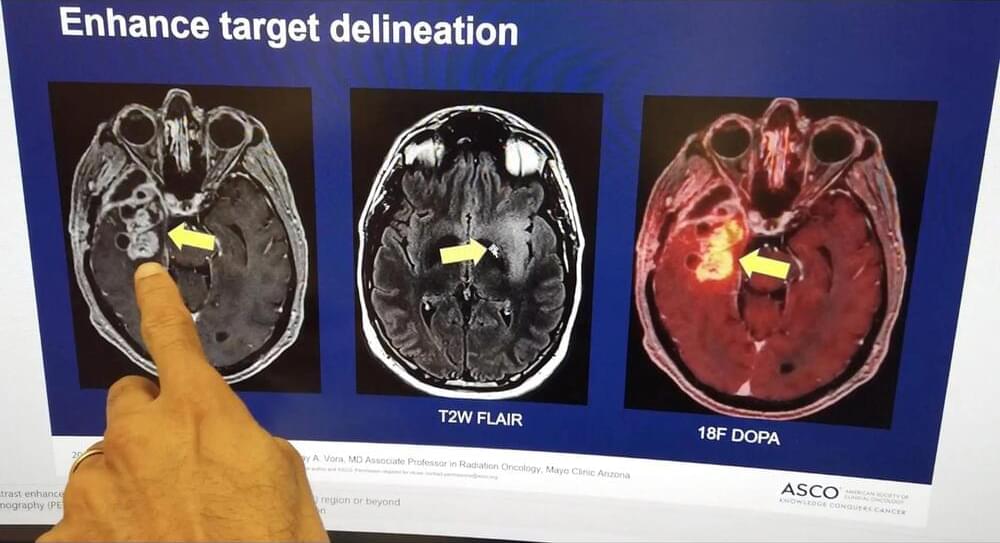Research utilizing AI tool AlphaFold has revealed a new protein complex that initiates the fertilization process between sperm and egg, shedding light on the molecular interactions essential for successful fertilization.
Genetic research has uncovered many proteins involved in the initial contact between sperm and egg. However, direct proof of how these proteins bind or form complexes to enable fertilization remained unclear. Now, Andrea Pauli’s lab at the IMP, working with international collaborators, has combined AI-driven structural predictions with experimental evidence to reveal a key fertilization complex. Their findings, based on studies in zebrafish, mice, and human cells, were published in the journal Cell.
Fertilization is the first step in forming an embryo, starting with the sperm’s journey toward the egg, guided by chemical signals. When the sperm reaches the egg, it binds to the egg’s surface through specific protein interactions. This binding readies their membranes to merge, allowing their genetic material to combine and create a zygote—a single cell that will eventually develop into a new organism.





